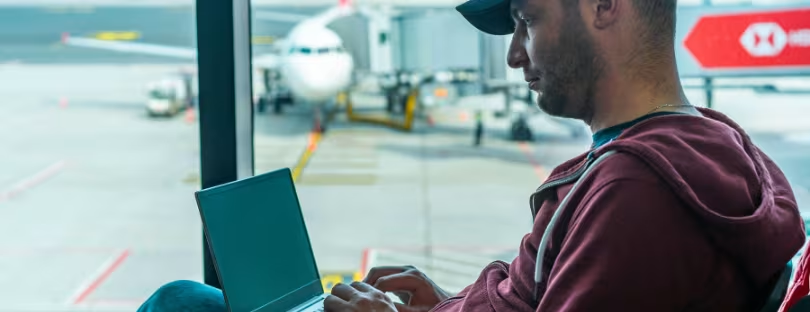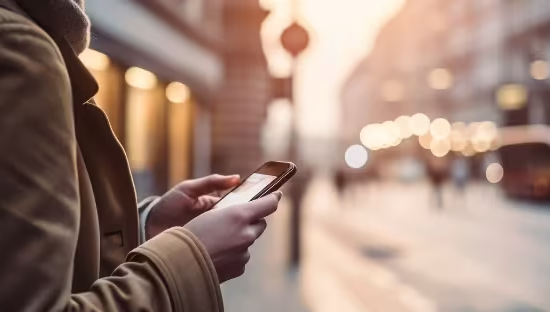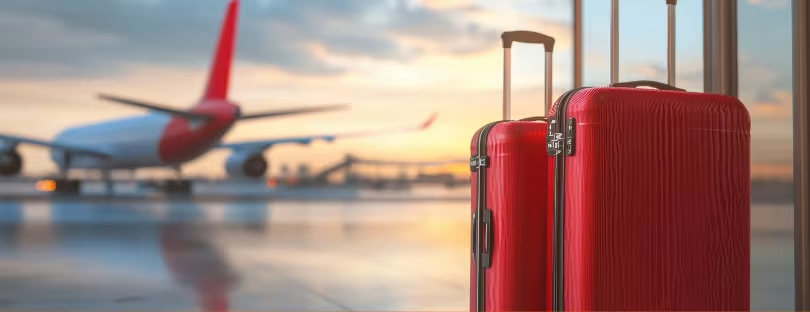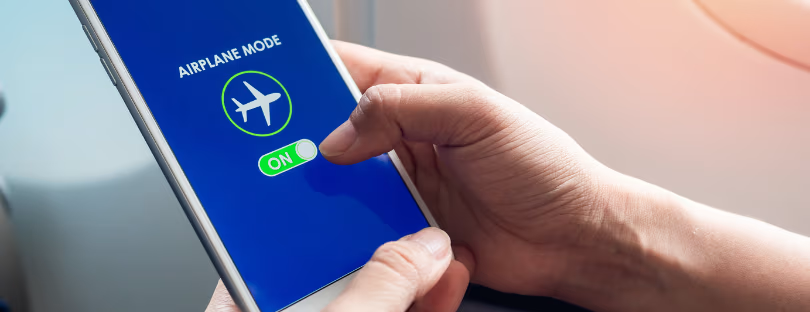
Stop Treating Wi-Fi as a Freebie — It’s the Most Expensive Mistake Travelers Make
If you’ve ever traveled and thought, “Why bother with a SIM or eSIM? I’ll just hop on free Wi-Fi when I need it,” this one’s for you. Because here’s the truth no one really tells you: that so-called “free Wi-Fi” is probably the most expensive mistake you’re making on the road. And no, I’m not talking about the €5 cappuccino you’re forced to buy in a café just to get the Wi-Fi password (though that’s bad enough). I’m talking about something much bigger — your security, your data, your time, and ultimately, your money.
Let’s unpack this, because too many travelers are still relying on sketchy Wi-Fi when there’s a much smarter alternative sitting right in their phone: eSIMs.
The Myth of Free Wi-Fi
The word free is magic. Our brains light up when we hear it. Free breakfast at the hotel. Free extra legroom (okay, rare, but a dream). Free Wi-Fi. It feels like a bonus, a travel hack, a little victory in a world of overpriced flights and checked-bag fees.
But here’s the problem: free Wi-Fi is never truly free. There’s always a catch, and usually it’s one you don’t see until it’s too late. That “catch” often shows up as:
- Stolen data because you logged into your bank account on an open network.
- Identity theft because a hacker grabs your email login in the background.
- Hours wasted trying to connect to an airport network that keeps logging you out every 15 minutes.
- Missed opportunities because you couldn’t get online when you needed maps, tickets, or translations.
And yes, sometimes it’s all of the above.
The Hidden Price Tag
Think of it this way: would you ever hand your unlocked phone to a random stranger at a train station and let them poke around? Probably not. But that’s basically what you’re doing every time you connect to a public Wi-Fi network without protection.
Hackers love airports, train stations, cafés, and even hotels because travelers are desperate to get online. And guess what? Travelers are also incredibly predictable: we all jump on the same “Free Airport Wi-Fi” like moths to a flame.
The hidden price tag of that “free” network might be:
- A drained bank account.
- Your credit card info is being sold on the dark web.
- A work email breach that spirals into something much bigger.
Suddenly, that €10 eSIM plan you thought was “too expensive” looks like the deal of the century.
Time is Money Too
Even if you dodge the hackers (lucky you), let’s talk about the other currency you’re burning: time.
How many hours of your life have you wasted searching for Wi-Fi?
- Hunting for a café with a decent connection.
- Typing in random passwords scribbled on receipts.
- Watching your VPN crawl because the hotel’s internet is basically held together with duct tape.
- Getting kicked off in the middle of uploading your boarding pass.
Now imagine you had an eSIM set up before you even left home. The moment your plane touched down, you’d be online — no hunting, no waiting, no begging baristas for the Wi-Fi code. That kind of convenience isn’t just nice to have. It’s priceless when you’re traveling.
Why Travelers Still Cling to Wi-Fi
If Wi-Fi is so bad, why do people still rely on it? A few reasons:
- Old habits. For years, roaming was insanely expensive. People got used to turning off data and clinging to Wi-Fi. But things have changed — eSIMs are cheaper, faster, and safer now.
- Fear of the unknown. eSIM still sounds “techy” to some. But installing one is literally a two-minute QR code scan. Easier than finding the right Starbucks table with an outlet.
- The illusion of savings. Free feels better than paying. But remember: you’re not saving money if you’re wasting time, losing data, or risking fraud.
The Smarter, Safer Alternative: eSIMs
Here’s where the conversation flips. Because while travelers are still chasing free Wi-Fi, the real pros have already moved on to eSIMs.
An eSIM is basically a digital SIM card built into your phone. No swapping little plastic chips. No standing in line at a kiosk in a foreign airport. You just pick a plan online, scan a code, and boom — you’re connected.
The best part? eSIM plans are ridiculously flexible now. Want 1GB for a weekend city break? Done. Need a month-long plan that covers multiple countries? Easy. Prices often start at just a few euros.
And when you stack that against the potential “cost” of Wi-Fi, it’s not even a debate.
Real-Life Scenarios
Let’s make it real.
- Traveler A: lands in Rome, refuses to buy a SIM because “I’ll just use Wi-Fi.” Spends 40 minutes wandering the airport trying to get on the free network. Later, their bank freezes their account because someone tried to log in from Turkey using stolen credentials.
- Traveler B: bought a €12 eSIM before leaving. Lands in Rome, instantly pulls up Google Maps, orders an Uber, and checks in with family. Zero stress, zero risk.
Who really “saved money”?
It’s About Control
At the end of the day, it’s not just about safety or even convenience. It’s about control.
When you rely on Wi-Fi, you’re at the mercy of wherever you are. If the café closes, you’re offline. If the airport network crashes, you’re stuck. If the hotel charges €15/day for glacial speeds, you either pay or suffer.
With an eSIM, the control shifts back to you. You decide when you’re connected, how much you spend, and what plan makes sense. That freedom is worth way more than “free” Wi-Fi could ever offer.
The Bottom Line
Travel is supposed to be about discovery, adventure, and making memories — not stressing over your internet connection or cleaning up after a cyberattack.
So here’s the hard truth: stop treating Wi-Fi as a freebie. It’s not. It’s a gamble, and most of the time it’s a losing one.
eSIMs are no longer the “future of travel connectivity.” They’re the present. They’re cheap, they’re easy, and they’re safer than rolling the dice on whatever open network you stumble across.
Next time you’re tempted to skip buying an eSIM because you think Wi-Fi will do the trick, ask yourself: What’s really free about giving strangers access to my data, wasting hours finding a connection, or missing out because I couldn’t get online?
Pay the €10. Get the eSIM. And travel the way it should be — free in the ways that actually matter.









